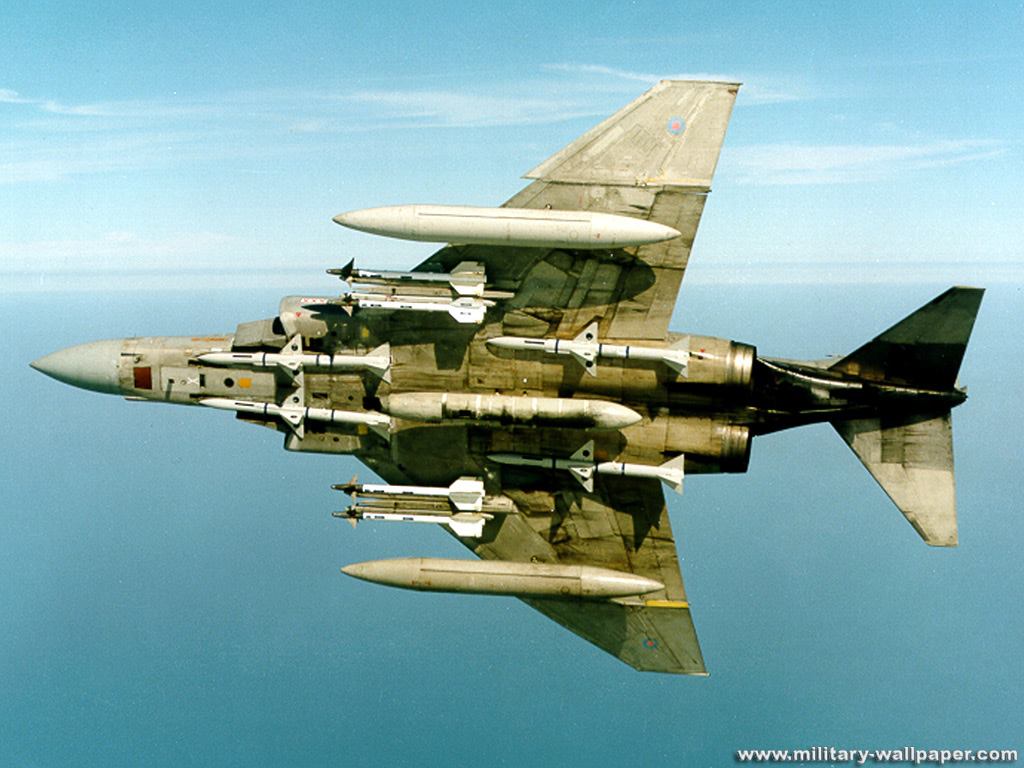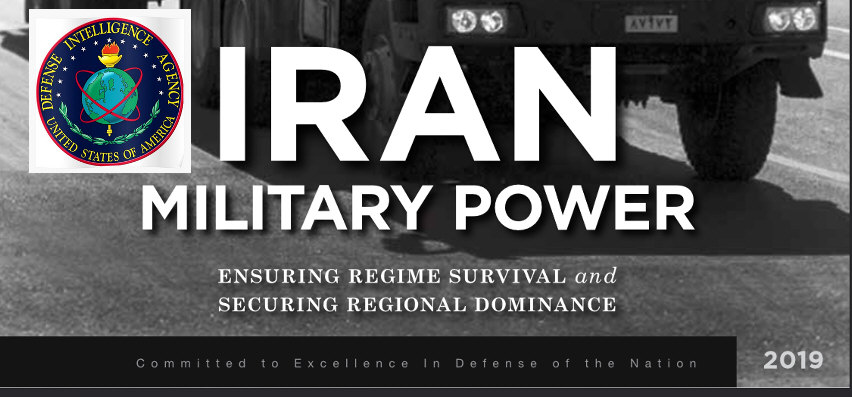
article link The F-14 also has a much more powerful computer , Tehran’s engineers modified the Tomcats with automatic bomb-release algorithms. The IRIAF’s self-sufficiency office claimed for years that the program to add bombs to F-14s was a fully domestic project. Now we know that’s not true. During a recent air show at 8th Air Base in Isfahan, the air force displayed an F-14 with a dozen free-fall bombs hanging in its central canal. The bomb racks were not Iranian, but American BRU-34s and BRU-42s bearing U.S. Air Force markings.
Five decades in, Iran’s F-14s are only getting better and better. And more and more important to the Persian state’s defense.
Tehran turned to the black market, paying huge sums to shady middlemen to sneak F-14 parts into Iran. American authorities became aware of the illicit trade as early as 1998. In March of that year, federal agents arrested Iranian-born Parviz Lavi at his home in Long Island, charging him with violating U.S. export law by attempting to buy up spare parts for the F-14’s TF-30 engine and ship them to Iran via The Netherlands. Lavi got five years in prison plus a $125,000 fine.

In September 2003, U.S. authorities nabbed Iranian Serzhik Avasappian in a South Florida hotel as part of a sting operation. Agents had shown Avasappian several F-14 parts worth $800,000 and arrested him after he offered to buy the components.
The U.S. Congress was furious at the Pentagon for its lax handling of the F-14-parts problem. Rep. Christopher Shays, a Connecticut Republican, described it as “a huge breakdown, an absolute, huge breakdown.” Lawmakers passed a bill specifically banning any trade in Tomcat components to Iran or any other entity, and then-president George W. Bush signed the law in 2008.
The U.S. Congress was furious at the Pentagon for its lax handling of the F-14-parts problem. Rep. Christopher Shays, a Connecticut Republican, described it as “a huge breakdown, an absolute, huge breakdown.” Lawmakers passed a bill specifically banning any trade in Tomcat components to Iran or any other entity, and then-president George W. Bush signed the law in 2008.
Even so, the underground trade in Tomcat parts continues, with shady companies scouring the planet for leftover components. In early 2014, the U.S. Department of Homeland Security investigated Israeli arms dealers that it said had twice tried to send F-14 spares to Iran.
Cruise Missiles : See Also Iran’s Air Attack Tools Have Limited Utility Against Adversaries
Iran to Extend Range of Air-Launched Cruise Missiles
2020 TEHRAN (Tasnim) – Iran’s Defense Minister Brigadier General Amir Hatami unveiled plans to extend the range of homegrown air-launched cruise missiles beyond 1,000 kilometers.
In an interview with Iran daily paper, the defense minister highlighted the country’s advances in the missile industry, saying Iranian naval cruise missiles are capable of hitting hostile targets at a distance of more than 1,000 kilometers.
While the range of anti-surface and naval cruise missiles has surpassed 1,000 km, the ground-launched cruise missiles can travel as far as 1,400 km, and the range of the air-launched ones is going to exceed 1,000 km too, the minister added.
He noted that Iran has developed a fully homegrown missile industry and manufactured various solid and liquid-propellant missiles, although the range of the projectiles has been restricted to 2,000 kilometers considering the country’s needs and defense policies.
The Defense Ministry has focused efforts to increase the output and boost the quality of various missiles with high maneuverability to surprise the enemy’s air defense, he added, the government’s website reported.
Brigadier General Hatami also noted that more than 90 percent of the arms demands are supplied domestically with the help of 5,700 private companies, including 655 knowledge-based firms.
Saying that the %10 dependence on imports has no significant impact on Iran’s defense power, he noted that termination of a UN arms embargo on Iran will allow the country to work with other countries.
In August, General Hatami expressed Iran’s readiness to take any opportunity to work with friendly countries to supply its technological and arms demands and to sell its products.

In 2019 U.S. Defense Intelligence Agency (DIA) released a landmark report analyzing the capabilities of Iran’s military. In light of Iran’s September attacks on the Abqaiq and Khurais oil facilities in eastern Saudi Arabia, the report’s emphasis on Tehran’s expanding cruise missile capabilities has already proven to be prescient.

The DIA’s 2019 report, titled Iran Military Power: Ensuring Regime Survival and Securing Regional Dominance, highlights Tehran’s development of land-attack cruise missiles (LACMs). The report notes that Tehran “has invested heavily in its domestic infrastructure, equipment, and expertise” to develop increasingly capable cruise missiles.
Tehran’s investment of its limited resources in LACMs is not surprising, given the challenges LACMs create for opposing air defense forces. The DIA notes that LACMs “present a unique threat profile from ballistic missiles because they can fly at low altitude and attack a target from multiple directions.”
This low and unpredictable flight path utilizes ground features for concealment and makes it more difficult to detect and track the cruise missile – essential precursors to intercepting it. The September attacks on Abqaiq and Khurais demonstrated the value of such concealment; Iran reportedly used seven cruise missiles (along with 18 drones) to target the Saudi installations from an unexpected direction.
Significantly, the DIA report’s “information cutoff date” was August – before the September attack. This underscores the speed with which threats are evolving, and the need for redoubled U.S. efforts to understand emerging threats in order to prepare for and offset them.
According to the DIA, Iran’s cruise and ballistic missiles are developed by a subsidiary of Tehran’s Ministry of Defense and Armed Forces Logistics, the Aerospace Industries Organization. Both the ministry and its subsidiary are subject to EU sanctions, which expire in 2023, as well as to U.S. sanctions, which have no expiration date.
In addition to drawing on Iran’s domestic missile production capacity, Tehran’s cruise missile programs have benefitted extensively from foreign procurement. Iran’s LACM capability is primarily derived from the Soviet Kh-55, an air-launched cruise missile that Tehran imported in 2001 and later converted for ground-launch. This Iranian copy of the Kh-55, dubbed the Soumar, may have been involved in the Abqaiq attacks. Iran has continued to upgrade the Soumar, both for itself and its regional proxies and partners.
The DIA report notes that a key modernization goal of Iran’s armed forces is to “[i]ncrease the accuracy, lethality, and production of ballistic and cruise missiles.” The report curiously omits range, which Iranian defense officials have recently touted alongside accuracy as a goal of their cruise missile program.
Iran does have other cruise missile variants, such as anti-ship cruise missiles, which feature prominently in Tehran’s maritime strategy in the Persian Gulf and Strait of Hormuz. It also has air-launched and reportedly even submarine-launched cruise missiles, though their operational capacities are unknown. Nonetheless, LACMs like the Soumar and its variants fit neatly with Tehran’s interest in surface-to-surface missiles that function simultaneously as weapons of war and intimidation.
Given Iran’s dangerous missile use and expanding capabilities, policymakers should seek to sanction Iran’s domestic missile supply chain and foreign nodes for procurement. At the same time, the United States should expedite and deepen cooperation with key partners such as Israel to expeditiously field more effective cruise missile defense systems to protect both forward deployed American troops and the U.S. homeland.



